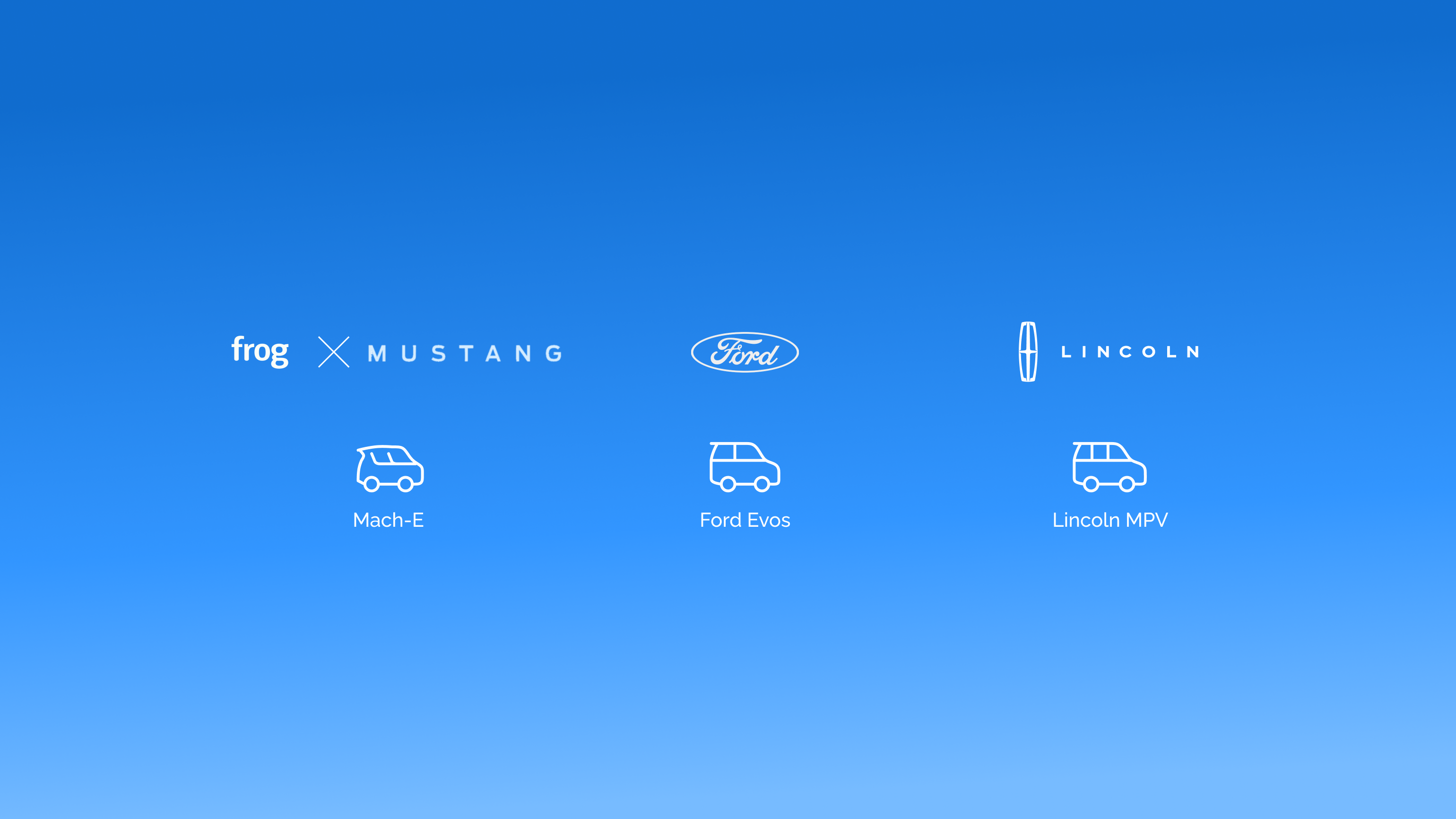

My internship focused on enhancing the user experience of automotive HMI systems. I actively participated in the design process, from conducting user research to creating interactive prototypes. This experience allowed me to develop a strong foundation in UX design methodologies and apply them to a complex and dynamic industry.
Sep 2021 - Dec 2021
UX Designer, UX Researcher, Engineer, Project Owner
In late 2021, I joined the ECDX team at Ford Shanghai where China Design Center was expanding to a full-fledge hub. I worked across multiple fast-paced concept projects where direction often shifted, timelines were tight, and design decisions had to be made without full research or validation.
As this is my gateway to UX design field, I chose to participate in every stage of innovating digital in vehicle experience.

In the Ford Evos Virtual Assistant project, I worked as a 3D Motion Designer, crafting expressive AI character animations to enhance the in-car experience with a more intelligent and emotionally engaging presence.
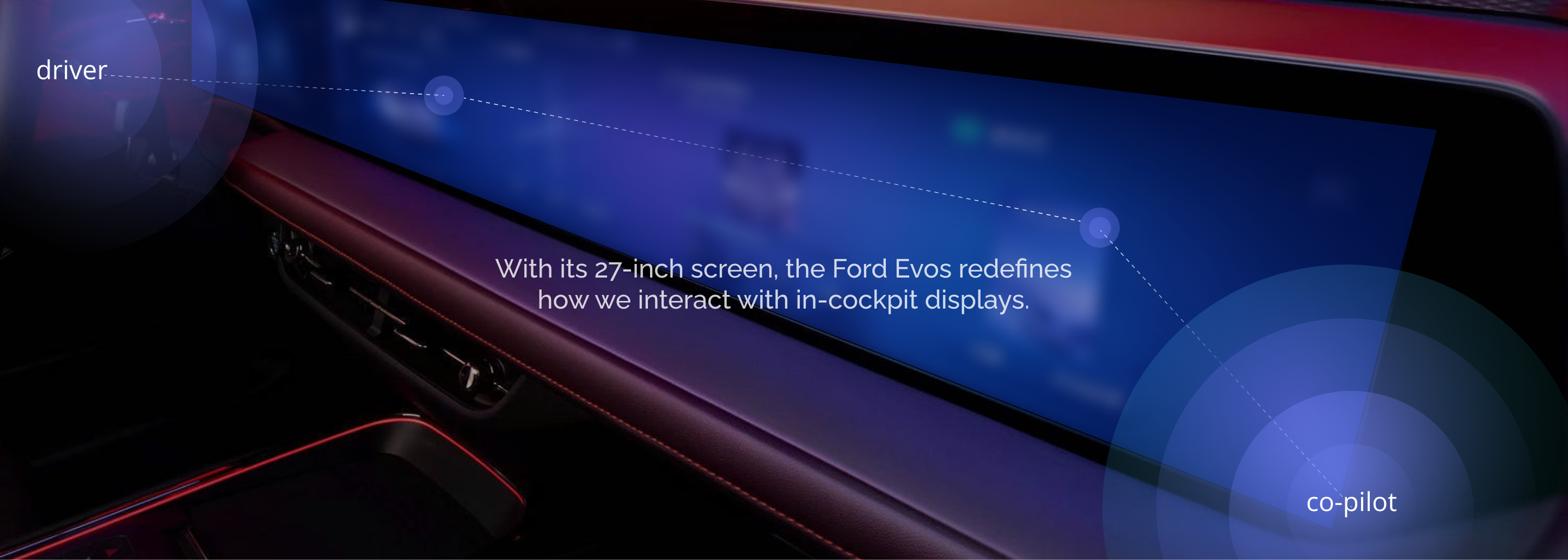
Building on a lively, “Jigsaw puzzle”-inspired UI with Ford’s signature blue and glassmorphism interface, I was responsible for designing an integrated AI character enhancing its 3D, youthful, and Gen Z–oriented appeal.
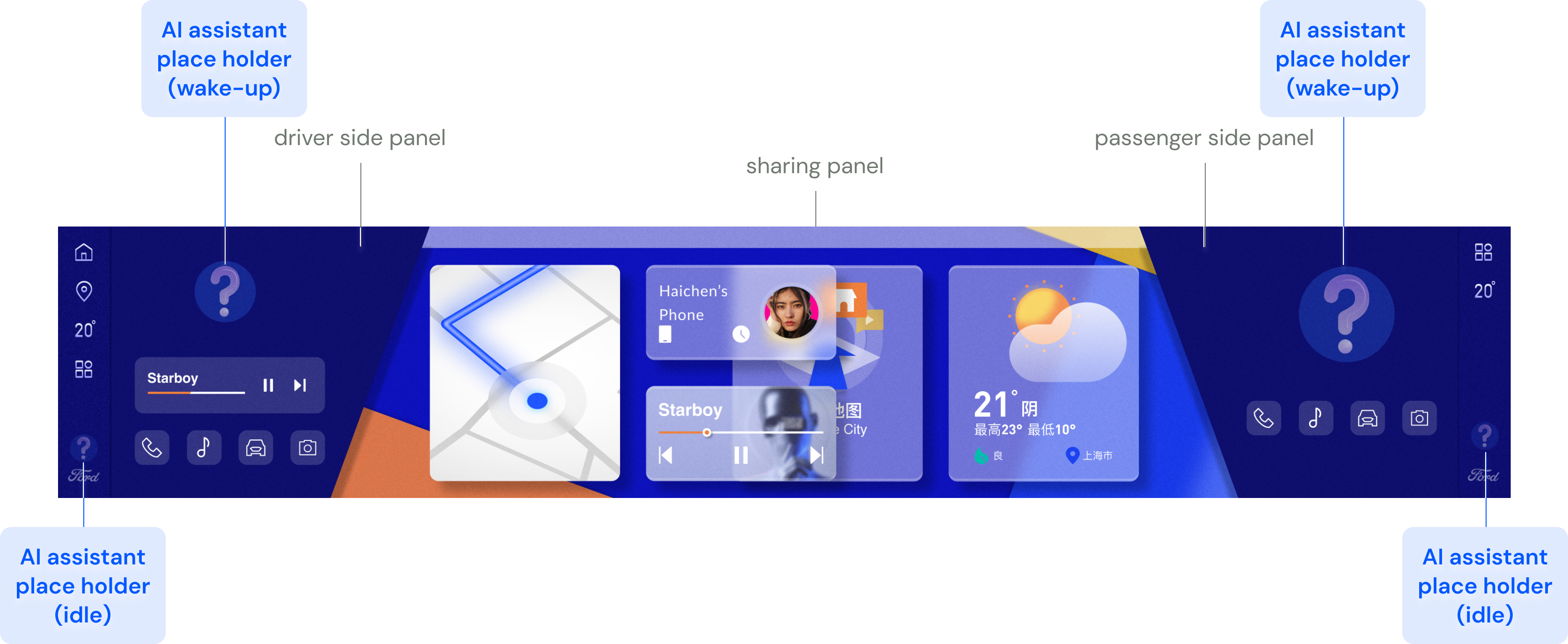
Building on a lively, “Jigsaw puzzle”-inspired UI with Ford’s signature blue and glassmorphism interface, I was responsible for designing an integrated AI character enhancing its 3D, youthful, and Gen Z–oriented appeal.
Initially, we were asked to create a hexagonal figure to align with the grid with a high-tech aesthetic. I designed a glass cube with a breathing, dynamic feel. However, our director felt it appeared overly emotional and dim, lack of intended rational tech vibe.
Responding to the feedback, I created an array of structured metal plates emphasizing rationality. However, user feedback indicated that this design felt excessively rigid and lacked approachability and warmth.
Based on user research, we shifted towards a softer, more organic shape. Users expressed a strong preference for natural, comforting forms as vehicle assistants. So I developed "Forddy," a character with a cute and approachable style, which significantly enhanced users' sense of comfort and security.
Through this iterative process, I learned the importance of atmosphere in visual design. Truly effective design requires a deep understanding of user emotions and preferences, carefully balancing functional needs with visual appeal.
P.S. I completed my internship before the project was officially launched, but I was thrilled to see the final design—featuring Forddy—go on to win the Red Dot Award. The final version carried forward the organic form and vibrant blue tones I helped explore during early iterations
View Red Dot Award
Collaborated with Frog Design on a design sprint for the Mach-E targeting Gen Z consumers in the Chinese market. I contributed to the "My Digital Pad" concept through ideation and user interviews.
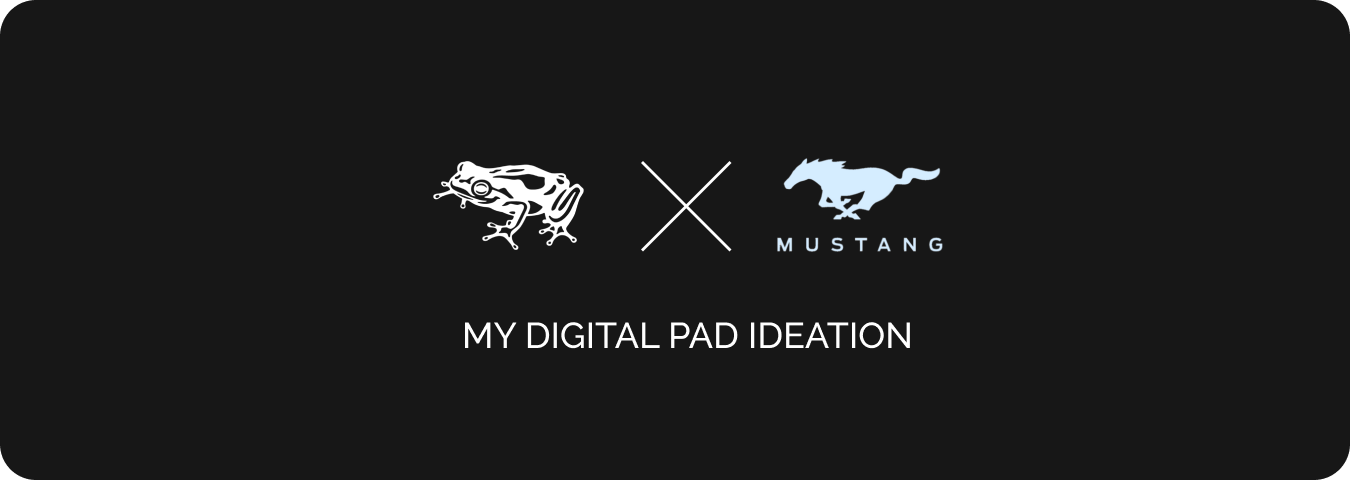
Leveraging Gen Z lifestyle trends, we identified four design opportunities to enhance the Mach-E's appeal.
Enjoy immersive plays while not disturbing roommates or family.
Remote work in a quiet, hyper-connected mobile private office.
Unexpected scenery, music and games stimulate human bonds
Sound-isolated space and powerful tools to create, edit and share.
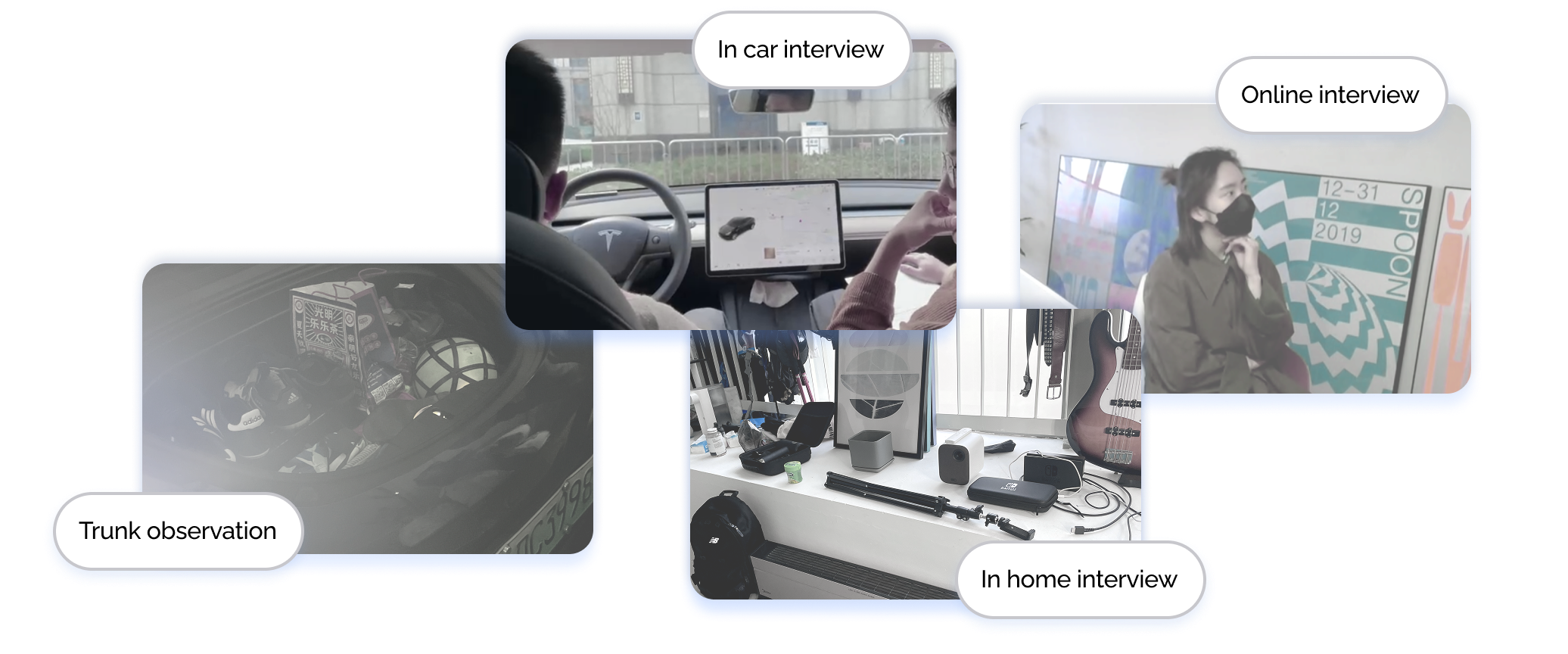
Through various forms of user interview with Frog Design, we gained valuable insights into Gen Z car usage habits and daily routines. This understanding will inspire the development of engaging features tailored to their needs.
Based on research, the Frog team and I identified three types of non-driving motivations for staying in the car, ranging from passive to active. We then focused on the active, self-initiated behaviors, organizing them into four key themes.

It is part of a six-month project to identify optimal market entry strategies for Lincoln MPV in China.
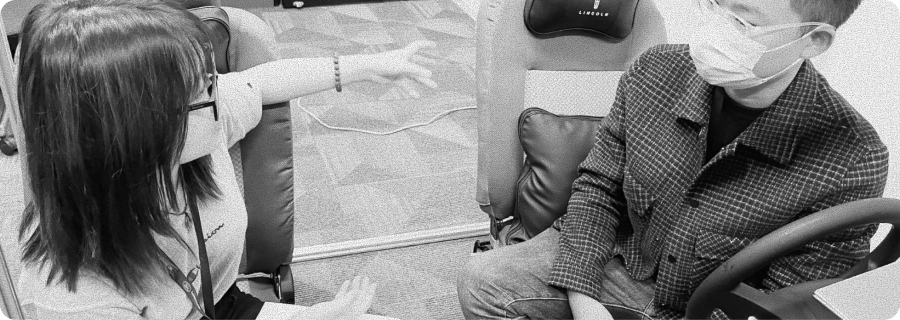
I played a pivotal role in the second phase of a five-phase design sprint process following the identification of target users by D-Ford team.
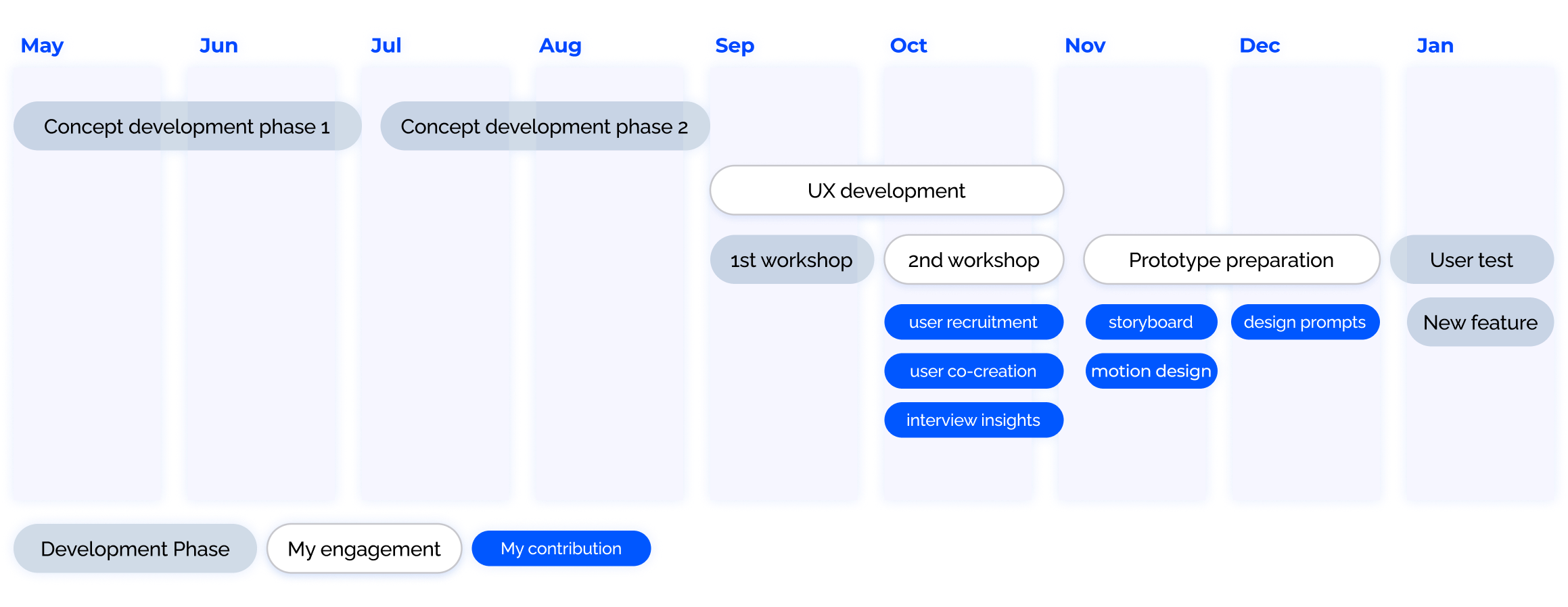
Here I played a key role by leading user co-creation workshops and conducting user research. We utalized storyboards and wireframes to effectively gather user feedback and drive design iterations.


These insights revealed the gap between ambitious concepts and practical user needs, emphasizing the importance of early validation, technical constraints, and value clarity.
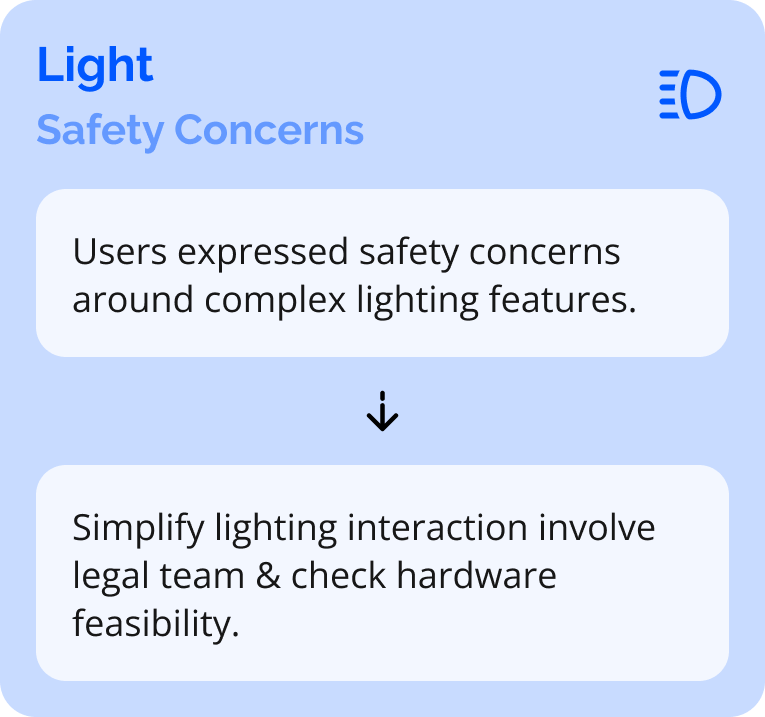
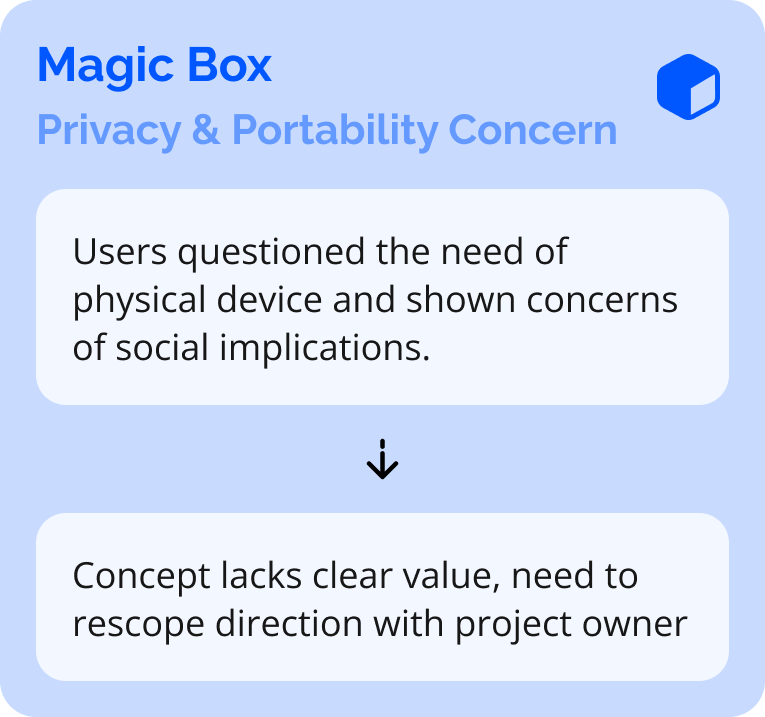
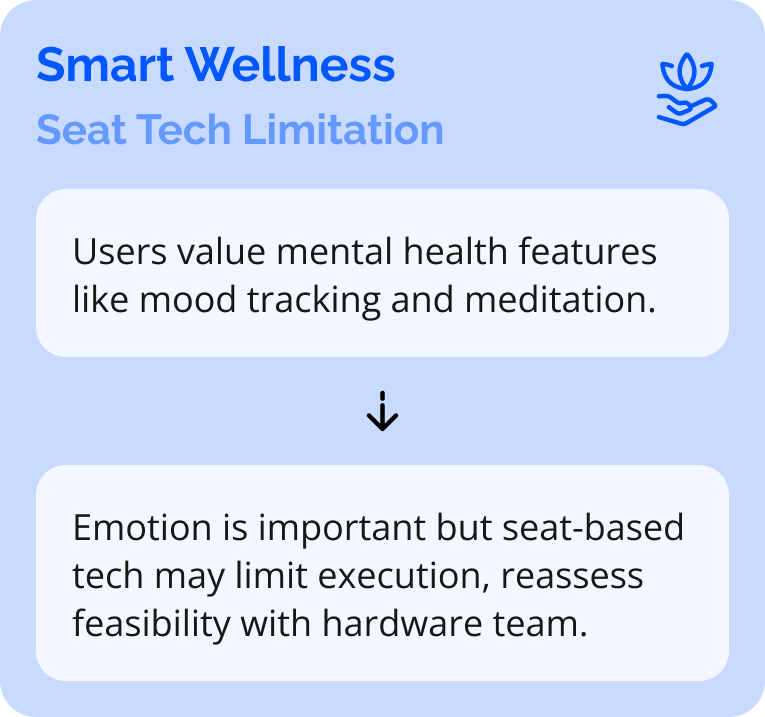

As my first UX internship, this experience laid a strong foundation for my growth as a designer. Despite the fast pace, heavy workload, and limited visibility of intern deliverables, I learned to stay adaptable, collaborate across functions, and maintain a user-centered mindset. What made it truly rewarding was the friendship with my fellow interns — we supported each other through every challenge and left each day more motivated. This experience confirmed my passion for UX and equipped me with the skills and mindset to thrive in real-world product teams.